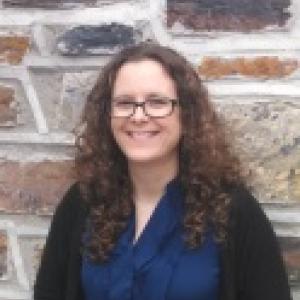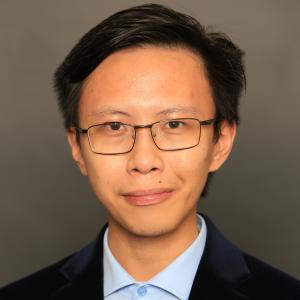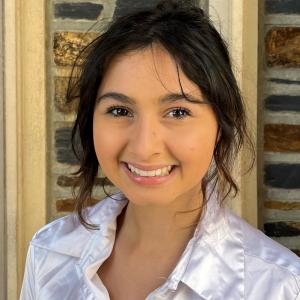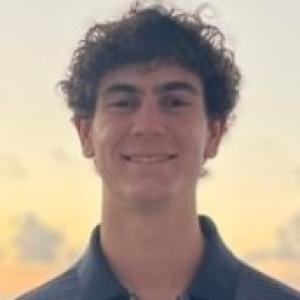Grandl Lab
Molecular and Cellular Mechanisms of Mechanotransduction
We study how cells transduce mechanical forces rapidly (in milliseconds) into electrical and chemical signals.
We investigate the biophysics of force-gated ion channels and cellular mechanotransduction. A particular strength of our lab is the development of novel biophysical approaches. Our research is important for understanding physiological processes for the sensing of external forces, such as light touch, and internal forces, such as cellular stiffness. It may help the development of treatments against human diseases, such as chronic pain, inflammatory pain, and itch.
Two main questions drive our work: 1) How do force-gated ion channels work? We want to understand how mechanical energy gates (activates, inactivates and deactivates) ion channels and how compromising specific aspects of gating leads to human diseases. 2) How do force-gated ion channels function in complex cellular environments? We aim to explain how many individual force-gated ion channels function in concert and give rise to complex mechanotransduction in living cells.
Grandl Publications
-
Amanda H. Lewis, Marie E. Cronin and Jörg Grandl. Piezo1 ion channels are capable of conformational signaling. Neuron. (2024).
-
Marie E Cronin and Jörg Grandl. Subconductance states add complexity to Piezo1 gating model. Trends Biochem Sci. (2024).
-
Michael N Young, Michael J Sindoni, Amanda H Lewis, Stefan Zauscher, and Jörg Grandl. The energetics of rapid cellular mechanotransduction. PNAS (2023).
-
Amanda Lewis and Jörg Grandl. Piezo1 ion channels inherently function as independent mechanotransducers. eLife (2021).
-
Amanda Lewis and Jörg Grandl. Inactivation Kinetics and Mechanical Gating of Piezo1 Ion Channels Depend on Subdomains within the Cap, Cell Reports (2020).
-
Jason Wu, Michael Young, Amanda H. Lewis, Ashley N. Martfeld, Breanna Kalmeta and Jörg Grandl. Inactivation of Mechanically Activated Piezo1 Ion Channels is Determined by the C-Terminal Extracellular Domain and the Inner Pore Helix, Cell Reports (2017).
-
Amanda Lewis, Alisa Cui, Malcolm McDonald and Jörg Grandl. Transduction of repetitive mechanical stimuli by Piezo ion channels, Cell Reports (2017). -
Wu, J. et al. Localized force application reveals mechanically sensitive domains of Piezo1. Nature. Communications. 7, 12939 doi: 10.1038/ncomms12939 (2016).
-
Amanda Lewis and Jörg Grandl. Mechanical sensitivity of Piezo1 ion channels can be tuned by cellular membrane tension, eLife (2015).
-
Sairam Jabba, Raman Goyal, Jason Sosa-Pagan, Hans Moldenhauer, Jason Wu, Breanna Kalmeta, Michael Bandell, Ramon Latorre, Ardem Patapoutian and Jörg Grandl. Directionality of temperature-activation in mouse TRPA1 ion channel can be inverted by single-point mutations in ankyrin repeat six. Neuron (2014).
-
Bertrand Coste, Bailong Xiao, Jose S. Santos, Ruhma Syeda, Jörg Grandl, Kathryn S. Spencer, Sung Eun Kim, Manuela Schmidt, Jayanti Mathur, Adrienne E. Dubin, Mauricio Montal and Ardem Patapoutian. Piezos are pore-forming subunits of mechanically activated channels. Nature, 483 (7388), 176-181 (2012).
-
Jörg Grandl, Sung Eun Kim, Valerie Uzzell, Badry Bursulaya, Matt Petrus, Michael Bandell and Ardem Patapoutian. Temperature-induced opening of TRPV1 ion channel is stabilized by the pore domain. Nature Neuroscience, 13 (6), 708-14 (2010).
-
Jörg Grandl, Hongzhen Hu, Michael Bandell, Badry Bursulaya, Manuela Schmidt, Matt Petrus and Ardem Patapoutian. Pore region of TRPV3 ion channel is specifically required for heat activation. Nature Neuroscience, 11 (9), 1007-13 (2008).
Grandl Lab Members
Grandl Open Positions
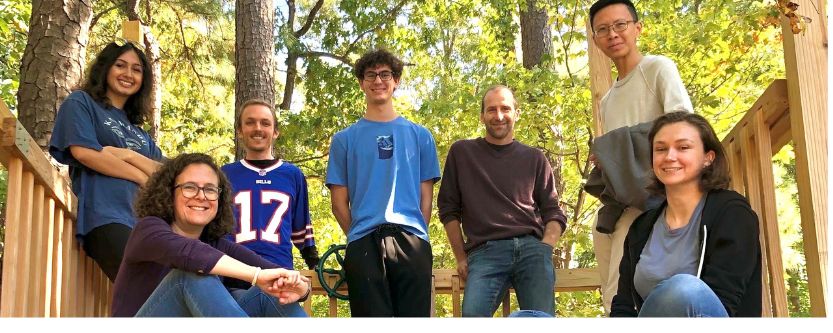
We have openings for postdoctoral fellows, graduate students and Duke undergraduate students with interest in ion channel research. To apply to the lab, send cover letter, CV and contact details of 2-3 references as a single PDF file to Jorg Grandl: grandl@neuro.duke.edu.
